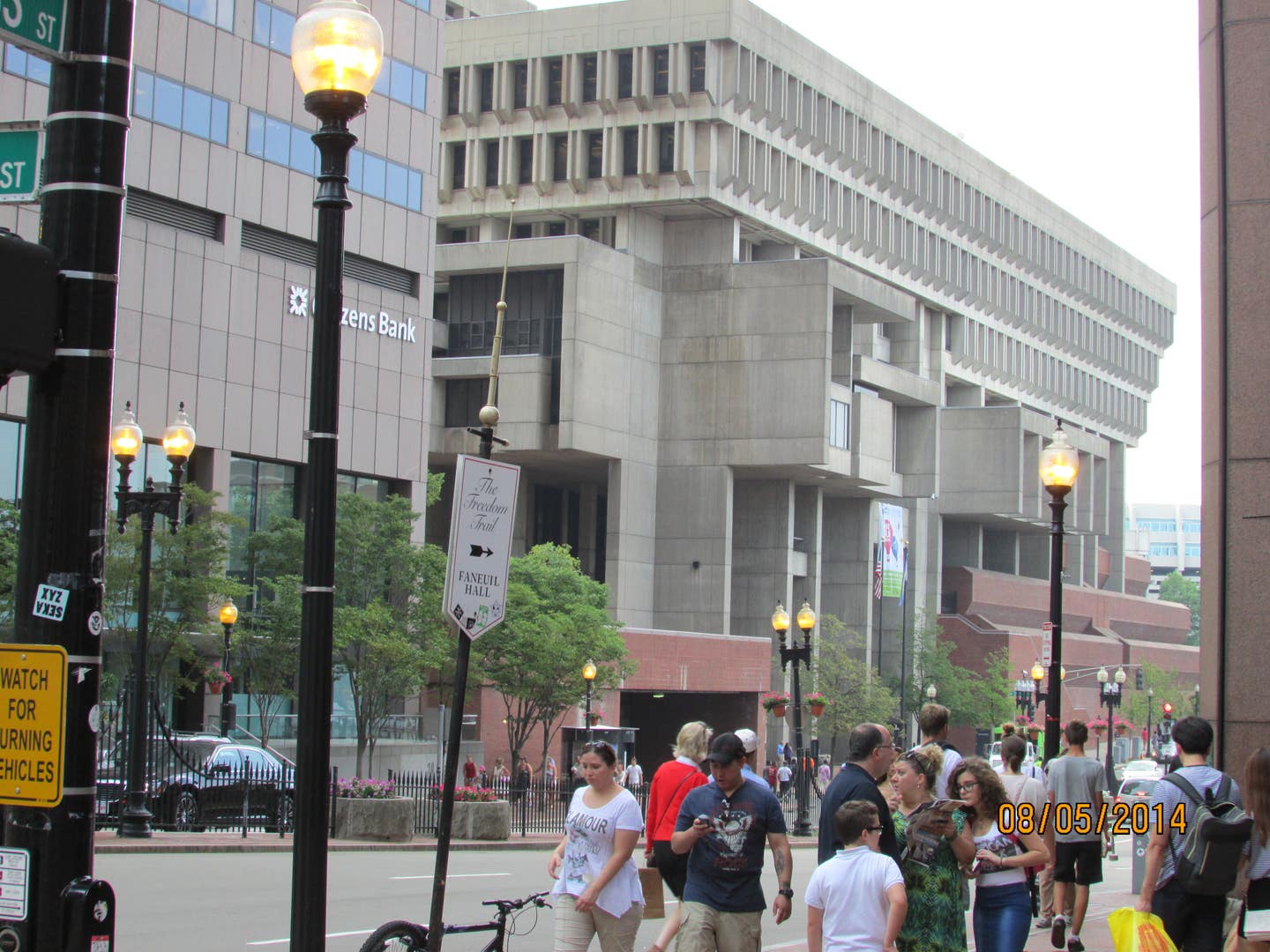
Carroll William Westfall
Preservation and Urbanism
The urban and rural realms where we live our lives are constantly changing. Old things are discarded and replaced by new things in our cities and in their expansion into the countryside.
Americans developed an affection for sites important in the nation’s history and were threatened by neglect after the nation entered its second century, and they set about protecting them. Later they launched preservation efforts to protect the nation’s familiar visual tradition, and they continued using tradition as their guide in building new things in the urban and rural realms that served the universal need for security, prosperity and justice.
In the earlier decades of the 20th century a few communities used preservation to guard the buildings they found historically or aesthetically meaningful. Then, after World War II when official indifference to old buildings and the threat posed by anti-traditional architecture arose, preservation become a nationally practiced movement with laws and programs to identify and protect traditional buildings and districts.
Preservation’s laws and ordinances are largely toothless unless state or federal action, funds or tax credits are involved. The programs put guardianship in the hands of state and local commissions with advisory authority in “landmarking” buildings and districts. The commissions’ members are volunteer laypeople and others with professional skills in architecture, history, and so on.
The criteria guiding their decisions were set out in 1966 in the national program. They avoid allowing judgments based on beauty to be used. Beauty, the reasoning went, is mere taste and is in the eyes of the beholder. To protect against making decisions based on mere popular, passing fads the law required that a building or district must be at least 50 years old unless it is of special merit.
Before the commissions had reviewed all the buildings and districts built before the rise of anti-traditional architecture the 50-year dateline moved in time and reached territory filled with anti-traditional buildings. These illustrated the declarations of the new architecture’s prophets: “Anything new is better than anything old!” “Progress demands radical change, not incremental practices!” “Individual old buildings and traditional urban quarters demand replacement, not renovation and restoration!” “Revolution and invention, not tradition and innovation!”
Following this routinely produced buildings that are poorly built and expensive to retain, functionally obsolescent and resistant to being adapted for new uses, and thought by the general public to be eyesores rather than gems in their city.
The preservationists respond that these 50-year-olds are excellent examples “of their time.” Sure, those “times” were anti-traditional, but these buildings stand as icons of the new world that those “times” were hurrying into existence, and so do the newest glamorous buildings being built today.
This anti-traditional ideology has long held captive both architectural practice and in the education programs that train architects and preservation professionals. They treat the building as a singular entity and not as an element within an urban or rural place, they evaluate it as a fashion statement (sorry: a style), and they leave to professional planners the neighborhood’s, city’s, state’s and nation’s urbanism where people live their lives.
Preservationists do not recognize that in charming towns and great cities urbanism is architecture at a bigger scale and built over a longer span of time. They fail to treat preservation as tradition’s natural ally and essential tool. But doesn’t preserve means to keep, and tradition means to hand on? Instead, their emphasis on a thing’s being “of its time” ignores the reciprocal interaction between tradition and innovation that builds places worth preserving and handing on to be valued by future generations.
Critics have charged that traditionalists want to make buildings and districts untouched by time, like flies in amber. This ignores innovation’s role, and it misses the point that a place to live across the years of one’s life is more important than the attraction of a moment in time.
Laypeople know this, and they value the traditional qualities of a place above the architectural exhibitionism of the latest, new thing in anti-traditional architecture or market-driven fads within tradition. They recognize that disparate objects that are “of their time” are disruptive within places produced by incremental additions over time. And they know that the two most important qualities of a place are its beauty and its service to the members of the community who go about their lives in it. That is what they want preservation to protect.
Professionals can give a hundred reasons why there is no sound basis for using beauty as a guide, but people unsullied by architecture’s and preservation’s “professionalism” know beauty when the see it. It is, after all, the ultimate aim of things that are built and the visual quality in things we love.
Preservation’s role can be summarized as extending protection to the many enviable, diverse, and valuable interpretations of beauty’s face that traditional buildings and districts present to the public. We preserve to protect this face as guidance in our efforts in our time, a task that is especially important today. Preservation should not be squandering resources on things that were “of their time” and are now mere distraction in places we value.
Carroll William Westfall retired from the University of Notre Dame in 2015 where he taught architectural history and theory since 1998, having earlier taught at Amherst College, the University of Illinois in Chicago, and between 1982 and 1998 at the University of Virginia.
He completed his PhD at Columbia University after his BA from the University of California and MA from the University of Manchester. He has published numerous articles on topics from antiquity to the present day and four books, most recently Architectural Type and Character: A Practical Guide to a History of Architecture coauthored with Samir Younés (Routledge, 2022). His central focus is on the history of the city and the reciprocity between the political life and the urban and architectural elements that serve the common good. He resides in Richmond, Virginia.








